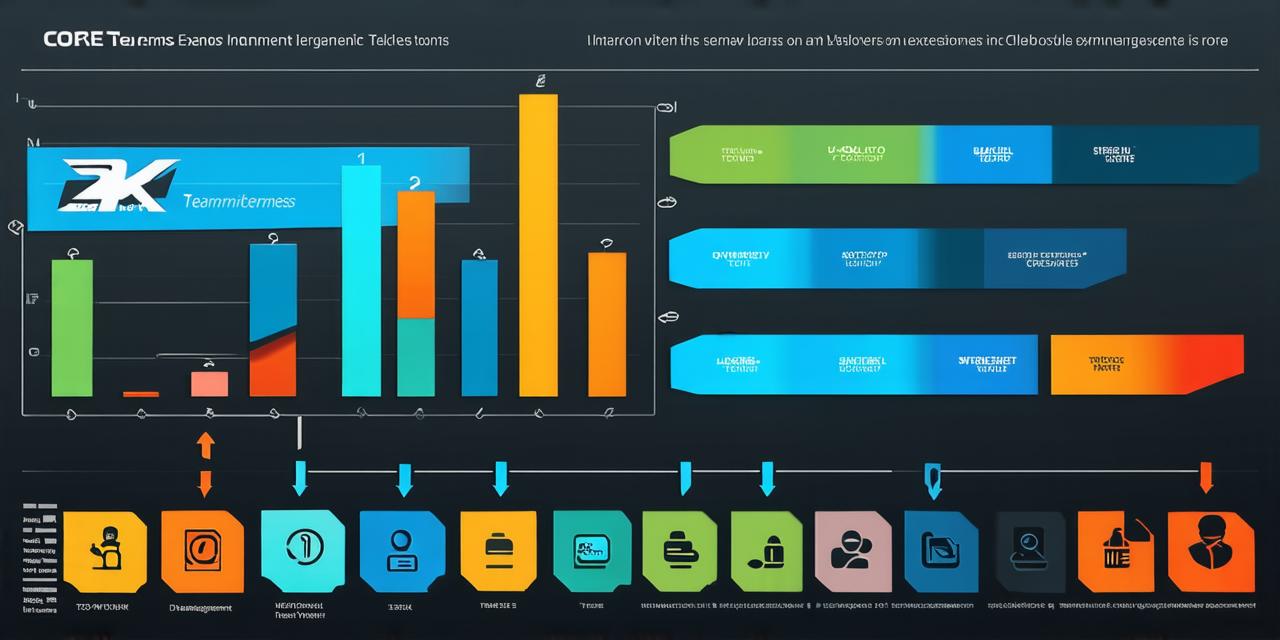Introduction
The core team structure is a critical component of any successful project management process. It involves identifying and assigning specific roles and responsibilities to team members who are essential in achieving the project’s objectives. In this article, we will discuss the different roles and responsibilities of the core team members, their relationship with each other, and how they contribute to the success of the project.
Identifying Core Team Members
The core team consists of individuals who are responsible for overseeing critical aspects of the project. These team members are typically the ones who have the most expertise and experience in their respective areas of responsibility. The following roles are commonly found in a core team structure:
- Project Manager – The project manager is responsible for overall project planning, coordination, and execution. They work closely with the other team members to ensure that all project milestones are met on time and within budget.
- Technical Lead – The technical lead is responsible for overseeing the technical aspects of the project. They ensure that the project is technically feasible and that the technology used is appropriate for the project’s objectives.
- Quality Assurance Manager – The quality assurance manager ensures that the project meets the required quality standards. They develop and implement quality control processes to identify and address any issues that may arise during the project.
- Financial Manager – The financial manager is responsible for managing the project’s budget. They work with the project manager to ensure that all expenses are within budget and that the project remains financially feasible throughout its lifecycle.
- Marketing Manager – The marketing manager develops and implements marketing strategies to promote the project and generate interest among potential customers.
Relationships between Core Team Members
The core team members work closely together to ensure the success of the project. They typically have a hierarchical relationship, with the project manager being the overall leader of the team. The technical lead, quality assurance manager, and financial manager report directly to the project manager, while the marketing manager may report to either the project manager or another member of the core team, depending on their specific responsibilities.
Communication is critical between the core team members. They must work together to ensure that all aspects of the project are well understood and that any issues or concerns are addressed promptly. Regular meetings and progress updates are essential for maintaining effective communication within the team.
Contributing to Project Success
The core team structure is critical to the success of a project. Each team member has a specific role to play, and they work together to ensure that all aspects of the project are well-executed. Effective communication and collaboration among team members are essential for the success of any project, and the core team structure provides a framework for achieving this.
Conclusion
The core team structure is an important component of any successful project management process. It involves identifying critical roles and responsibilities and working closely together to ensure that all aspects of the project are well-executed. Effective communication and collaboration among team members are essential for the success of any project, and the core team structure provides a framework for achieving this.
